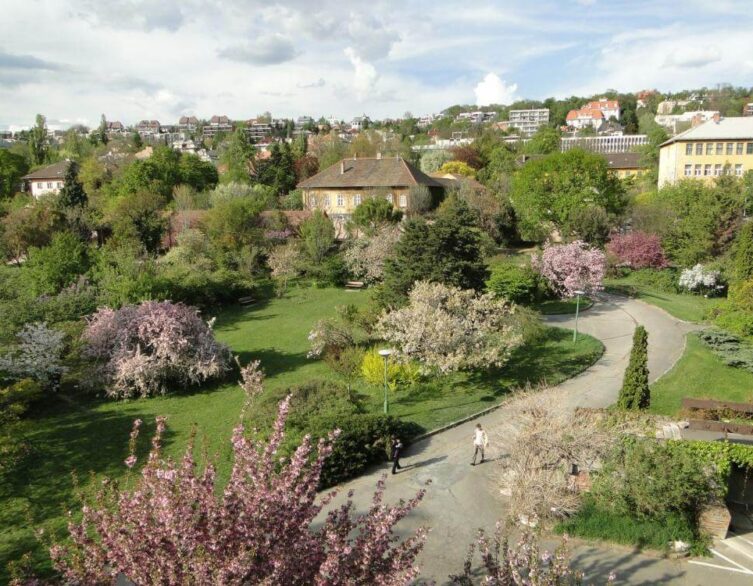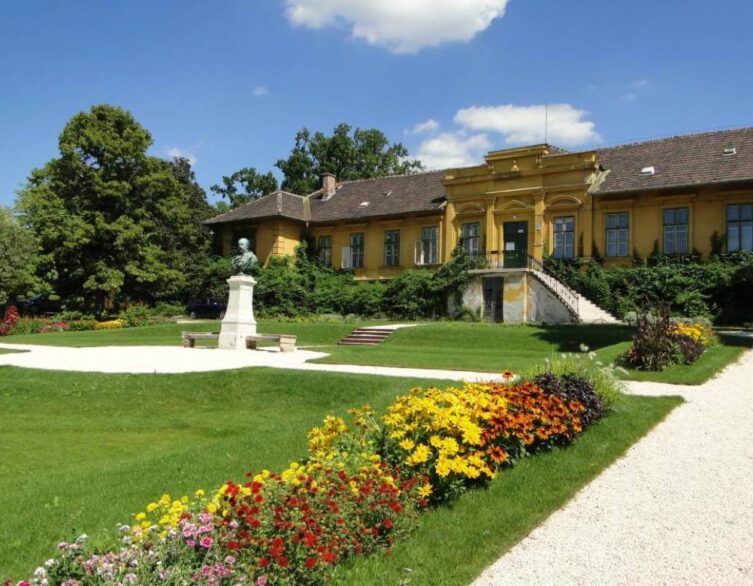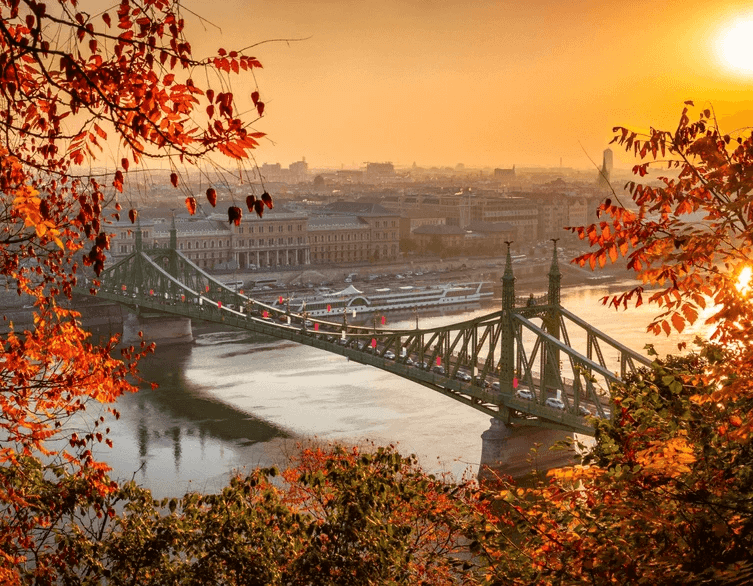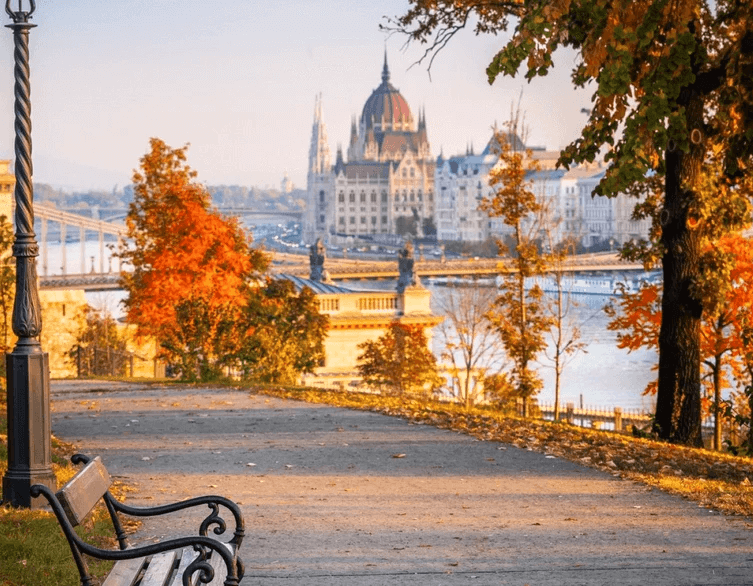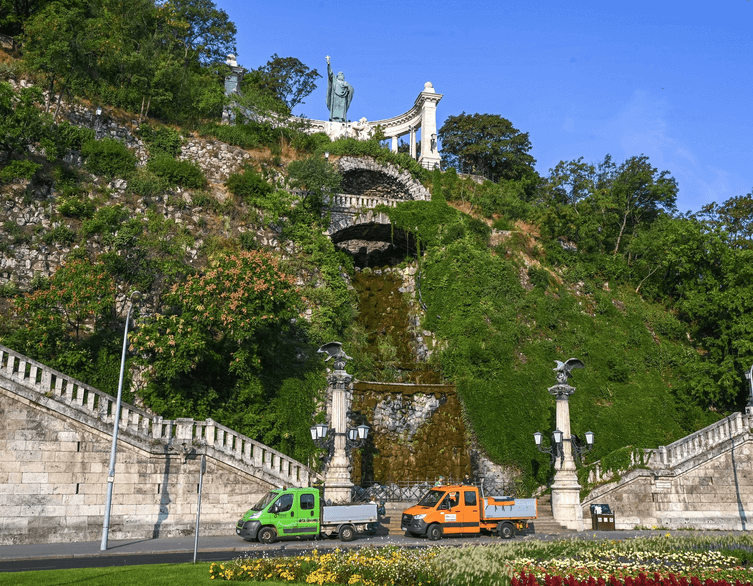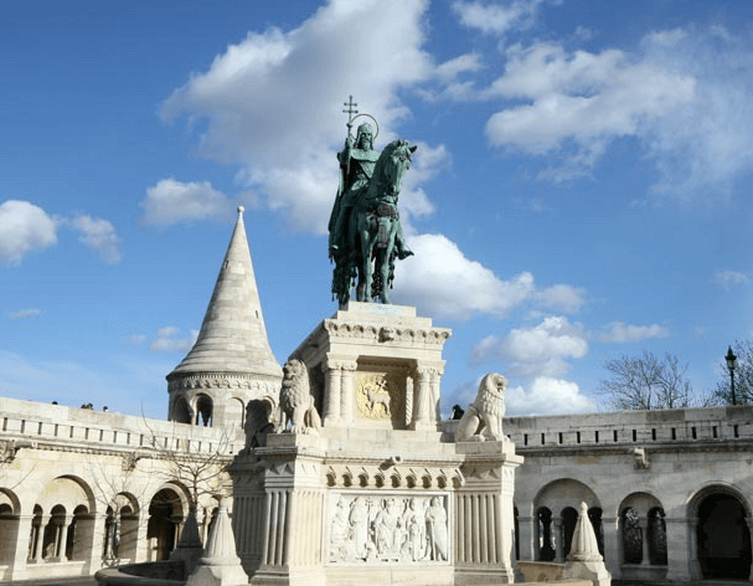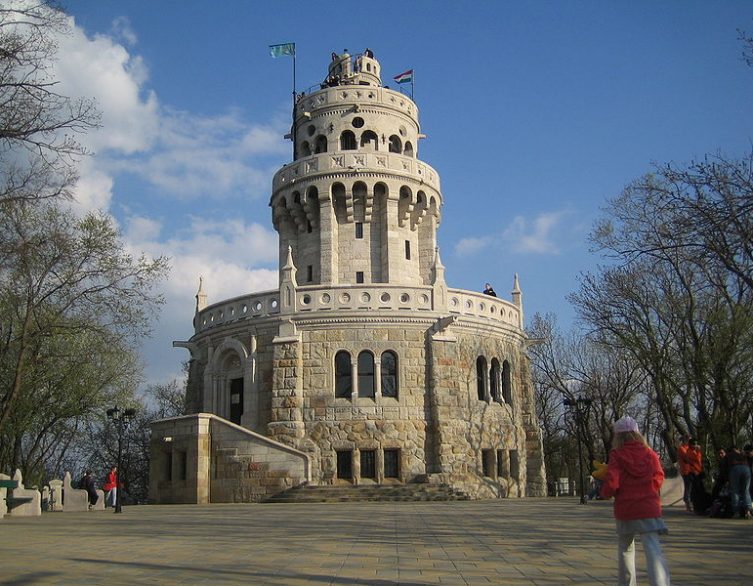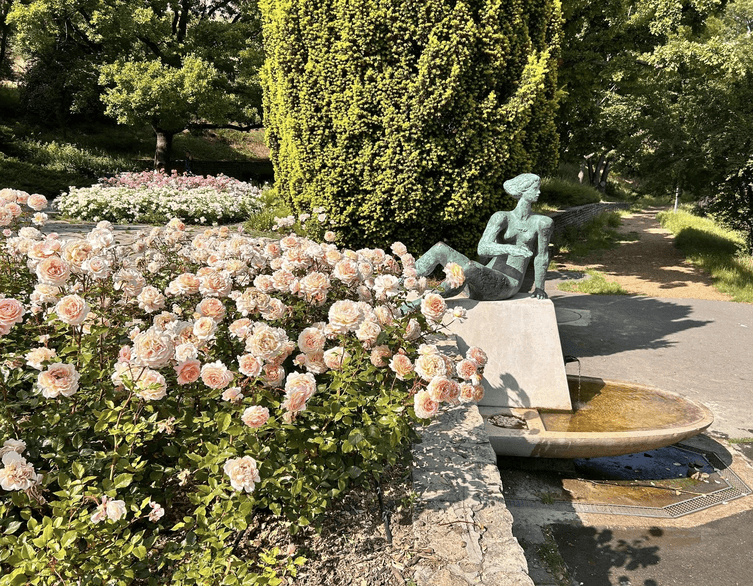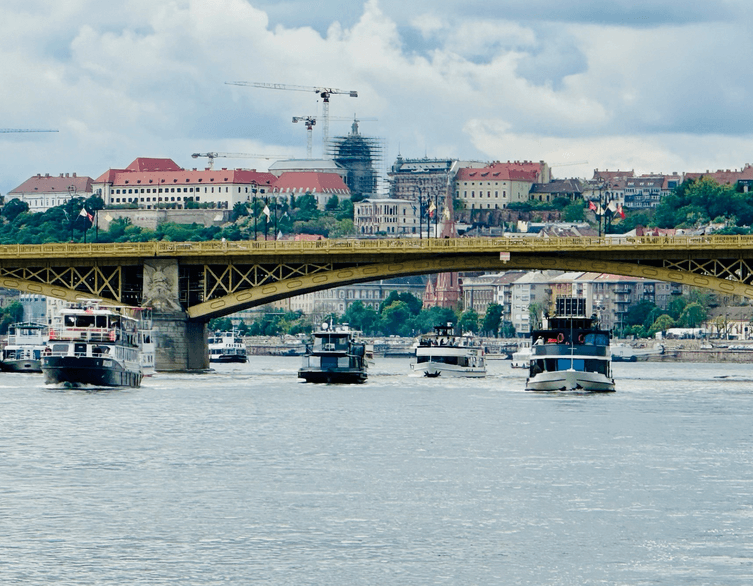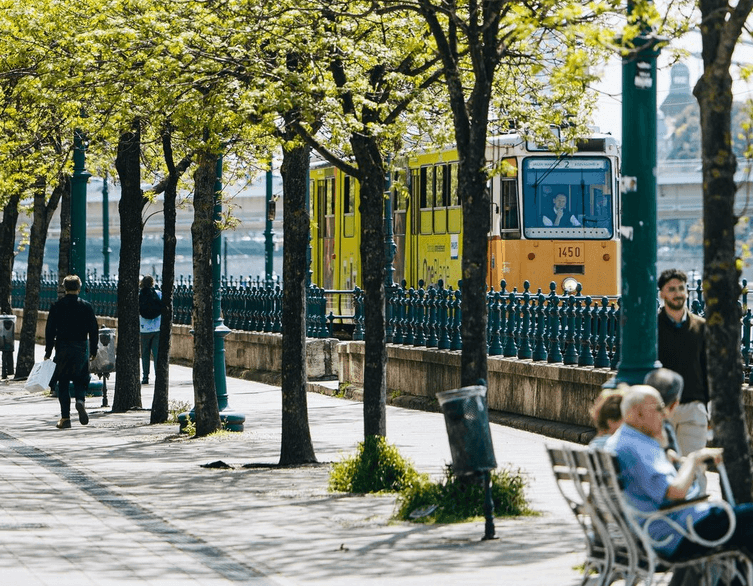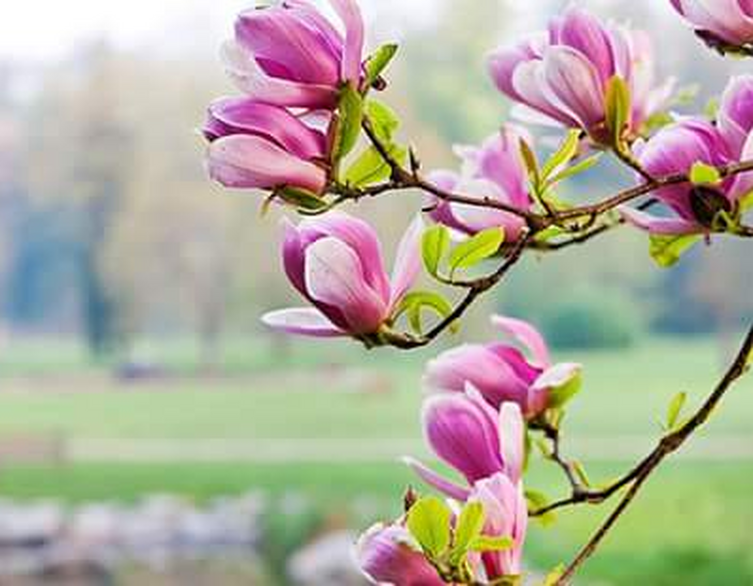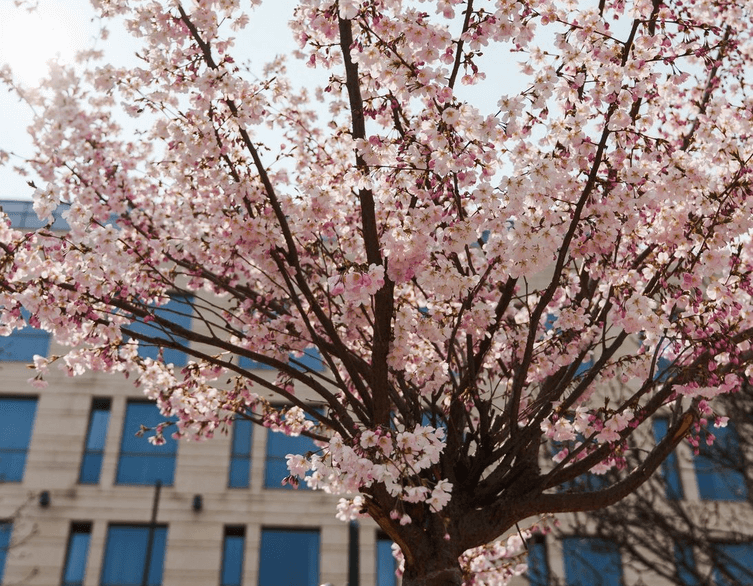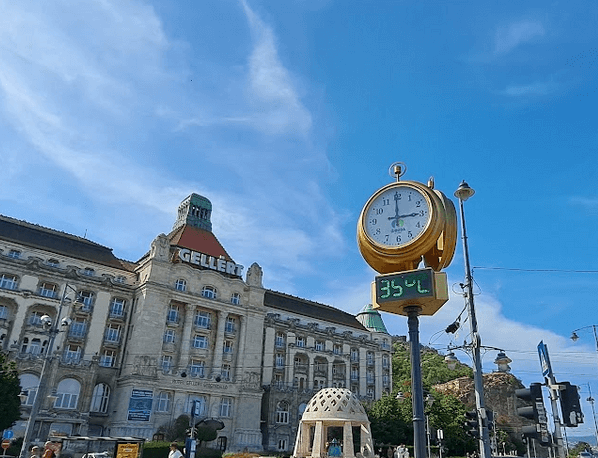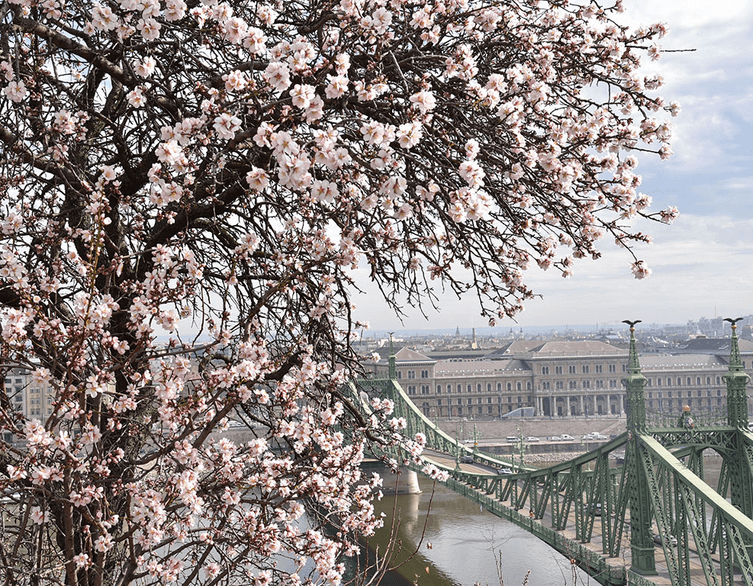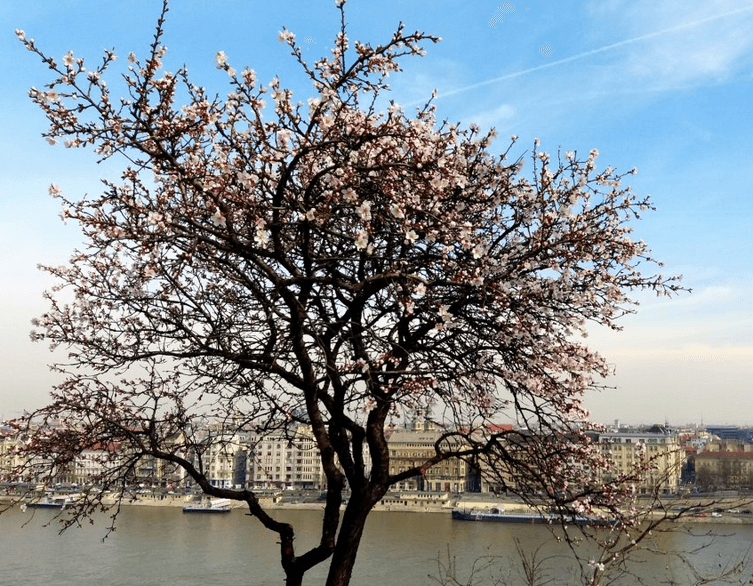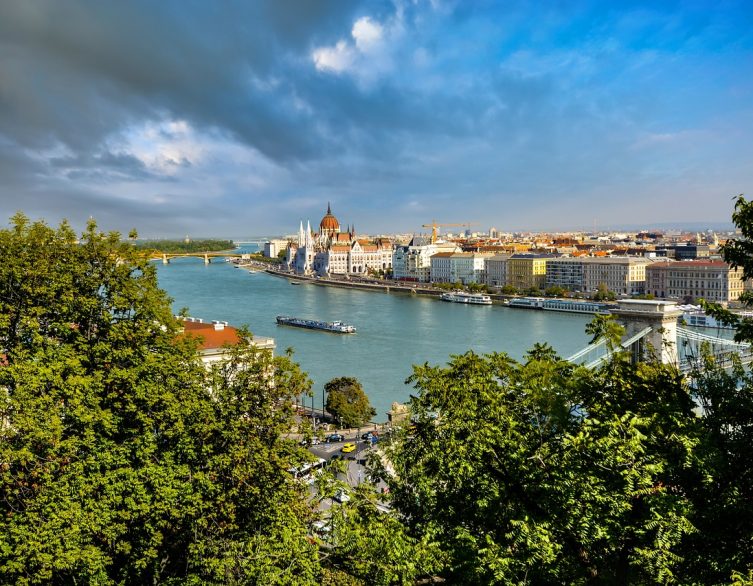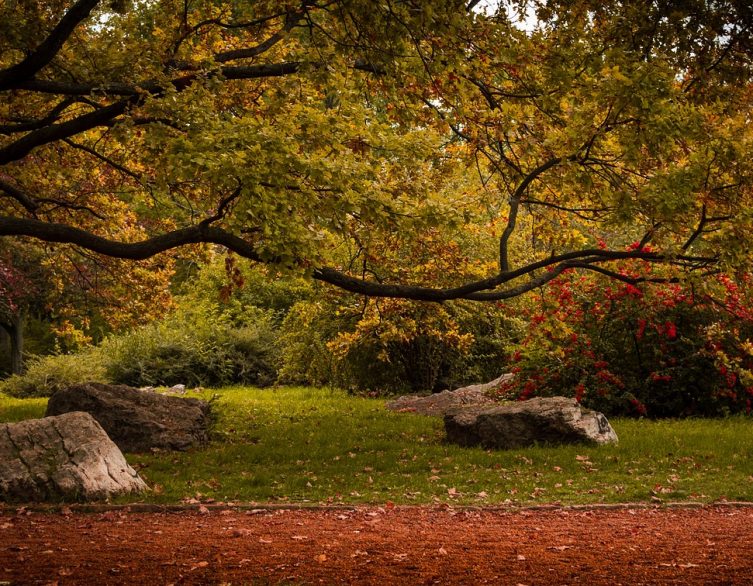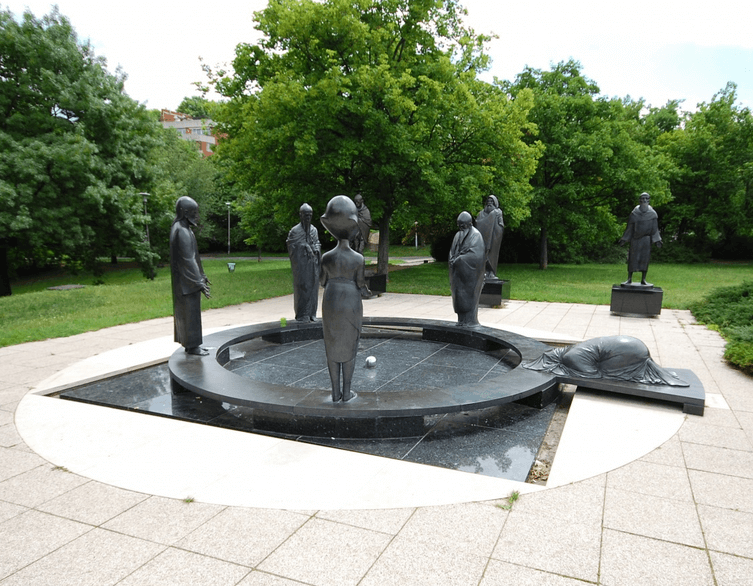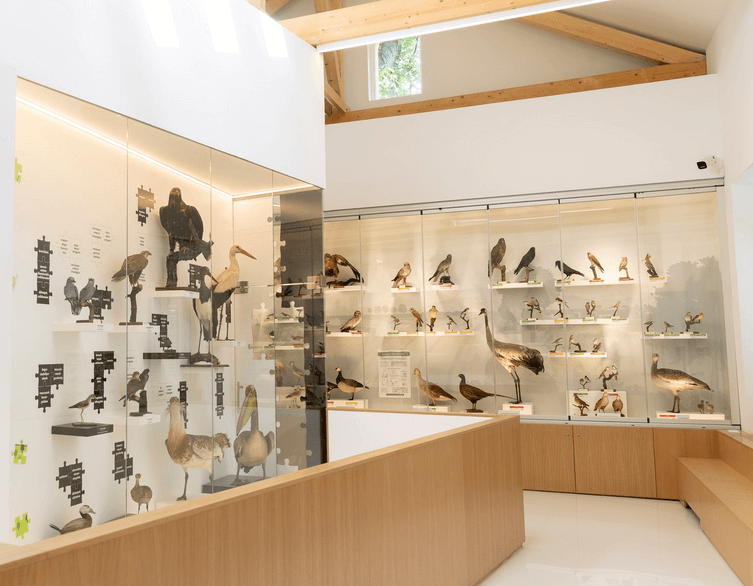Gellért Hill: A Breathtaking Escape in the Heart of Budapest
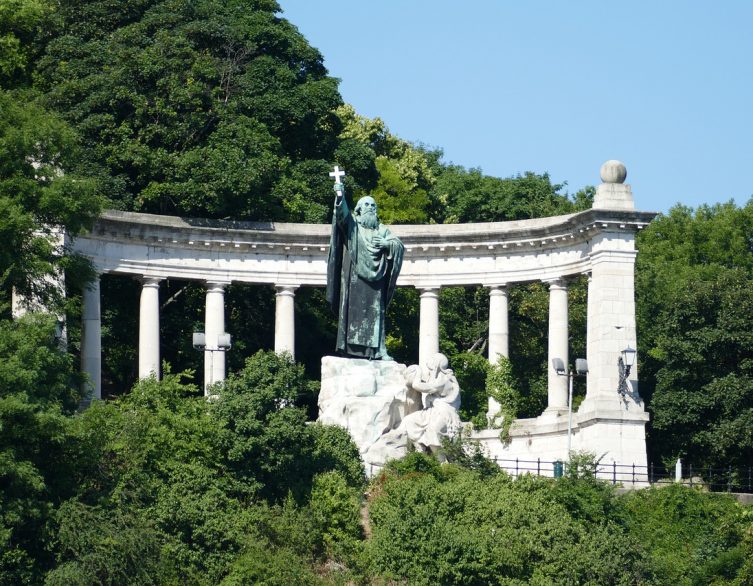
Towering above the majestic Danube River, Gellért Hill stands as a captivating landmark in the historic city of Budapest. This iconic hill, rising 235 m (771 ft) into the sky, offers visitors a unique blend of natural beauty, rich cultural heritage, and panoramic vistas that will leave you spellbound.
As you embark on your journey to Gellért Hill, you’ll be greeted by a tapestry of lush greenery, providing a welcome respite from the bustling city streets below. The hill’s verdant slopes are adorned with a variety of trees, including chestnut, oak, and linden, creating a serene oasis in the heart of Budapest.
Steeped in Ancient History
Gellért Hill has been an integral part of Budapest’s history since ancient times. Its name derives from the legendary Bishop Gellért, who was martyred on the hill during his failed uprising against the pagan Magyars in the 11th century. The hill’s slopes have been inhabited since the Roman era, and remnants of ancient civilizations can still be found, including the ruins of a 3rd century BC Celtic settlement, adding to the area’s allure and mystique.
Breathtaking Panoramic Views
One of the biggest draws of Gellért Hill is the incredible panoramic views it offers of Budapest and the Danube River. From the top of the hill, visitors can take in the entire cityscape, marveling at iconic landmarks such as the Hungarian Parliament Building, Buda Castle, St. Matthias Church, and the famous Chain Bridge. Time your visit for sunrise or sunset to witness the city bathed in warm, golden light, creating a truly unforgettable experience.
Attractions
Gellért Monument and The Waterfall
Perched atop Gellért Hill, the Gellért Monument is a striking bronze statue that pays homage to St. Gellért, a Venetian bishop who played a pivotal role in the Christianization of Hungary. Erected in 1904, the monument depicts the martyred saint holding a cross and a church, symbolizing his unwavering faith and dedication to spreading Christianity. The statue’s commanding presence and intricate details make it a must-visit attraction for those interested in Hungarian history and religious heritage.
Nestled beside the monument is a captivating artificial waterfall, cascading down the hillside and creating a serene atmosphere. The waterfall, constructed in the early 20th century, adds to the overall beauty and tranquility of the area, making it a popular spot for visitors to relax and take in the breathtaking views of the Danube River and the city below. Tourists visiting Gellért Hill can easily access the monument and waterfall by following the well-maintained walking paths that wind through the park. The journey to the top of the hill is well worth the effort, as it offers panoramic vistas of Budapest’s iconic landmarks, such as the Buda Castle, the Hungarian Parliament Building, and the Chain Bridge.
Best deals of Budapest
Liberty Monument
Towering over Gellért Hill, the Liberty Monument is a powerful symbol of Hungary’s struggle for independence. Constructed in 1947, this imposing bronze statue depicts a woman holding a palm leaf, representing victory and freedom. Originally dedicated to the Soviet soldiers who lost their lives during the liberation of Hungary from Nazi occupation in World War II, the statue has since become a symbol of the country’s independence and freedom. Visitors can climb the stairs leading to the monument’s base and admire the stunning panoramic views of the Danube River and the city skyline, making it a popular spot for photography enthusiasts.
The Cave Church
Nestled within the scenic Gellért Hill in Budapest, the Cave Church is a unique and captivating religious site that attracts visitors from around the world. Also known as the Saint Ivan’s Cave Church, this fascinating place of worship is carved directly into the hillside, creating an atmosphere of serenity and spiritual reverence. The church’s history dates back to the 1920s when a group of Pauline monks decided to create a sanctuary within the natural caverns of Gellért Hill. The monks dedicated the church to Saint Ivan, a hermit who, according to legend, lived in the caves during the 11th century. The Cave Church has endured a turbulent history, having been sealed off by communist authorities in the 1950s. However, following the fall of communism in 1989, the church was reopened and restored to its former glory. Today, it serves as both a place of worship and a popular tourist attraction.
Visitors to the Cave Church can explore the main chapel, admire the intricate rock formations, and even descend into the lower caverns, which house a small exhibition showcasing the church’s history. The church also offers regular Mass services, providing a unique opportunity for visitors to experience the spiritual essence of this extraordinary place.
The Cross
The Cross, erected in 1900, stands tall at the summit of Gellért Hill, commemorating the introduction of Christianity to Hungary. According to legend, it was at this very spot that Saint Gerard, a Venetian monk, was martyred in the 11th century for his efforts to spread the Christian faith in the region.
Adjacent to The Cross, visitors will find a beautiful almond tree. This tree holds a special place in Hungarian folklore, as it is believed to be a symbol of renewal and hope. Legend has it that when Saint Gerard was martyred, his staff was planted on the hill and miraculously grew into an almond tree.
Philosophers’ Garden
Nestled on the slopes of Gellért Hill, the Philosophers’ Garden is a tranquil oasis in the heart of Budapest. This charming garden features a series of bronze statues depicting some of the most influential philosophers throughout history, including Socrates, Aristotle, and Immanuel Kant. Surrounded by lush greenery and peaceful walkways, the Philosophers’ Garden offers a serene escape from the bustling city. Visitors can stroll through the garden, admire the thought-provoking statues, and enjoy a moment of contemplation amidst the natural beauty of this unique attraction.
Gellért Hill Cave
A unique attraction on Gellért Hill is the Gellért Hill Cave, a network of underground caverns and tunnels formed by thermal springs. Visitors can explore a section of this cave system, which features mesmerizing rock formations, a small thermal lake, and even a chapel carved into the rock. The cave’s warm, mineral-rich air is said to have therapeutic benefits, making it a perfect spot for relaxation and rejuvenation.
Citadel
Another highlight atop Gellért Hill is the historic Citadel, a 19th-century fortress built by the Habsburgs after defeating the Hungarian Revolution of 1848. Today, the Citadel serves as a popular viewing platform, offering more incredible vistas of Budapest. Visitors can also explore the on-site museum to delve into the fortress’s rich history and significance.
Jubileumi Park
Nestled on the scenic Gellért Hill in Budapest, the Jubileumi Park offers a tranquil escape for visitors seeking breathtaking views and a touch of history. This charming park, whose name translates to “Jubilee Park,” was established in 1965 to commemorate the 20th anniversary of Budapest’s liberation during World War II.
As you stroll through the park’s well-maintained paths, you’ll be greeted by lush greenery and beautifully landscaped gardens. The park’s elevated position on Gellért Hill provides stunning panoramic views of the Danube River and the city skyline, making it an ideal spot for photography enthusiasts.
The park also features a small playground for children, benches for relaxation, and plenty of shaded areas to escape the sun on warm days. It’s a popular spot among locals for picnics and leisurely walks, offering a peaceful atmosphere away from the bustling city center.
Gellért Hill’s Blooming Birthday Gift: The New Rose Garden
Budapest, the vibrant capital of Hungary, has recently unveiled a stunning new attraction for visitors to enjoy. In celebration of the city’s 150th anniversary, a beautiful rose garden has been created on the scenic Gellért Hill, offering a fragrant and colorful oasis in the heart of the city.
The garden boasts an impressive collection of nearly 3,200 rose bushes, each representing a different Hungarian settlement or region beyond the borders. Carefully curated by the experts, the garden features over 50 varieties of roses.
As a special tribute to the city itself, Budapest is symbolized by a peach-colored, strongly scented tea rose hybrid called ‘Großherzogin Luise’, which can be found in the flowerbed behind the statue of Tar István’s “Budapest Girl”.
Recreation and Fun For All
Gellért Hill is also a delightful oasis of playgrounds, perfect for families with children. These playgrounds offer a welcome respite from the bustling city, providing a safe and enjoyable space for little ones to burn off energy while taking in stunning panoramic views of the Danube River and the iconic cityscape. Featuring a variety of modern play equipment, including swings, slides, and climbing structures, these playgrounds cater to children of all ages. The well-maintained facilities are surrounded by lush greenery, creating a serene and peaceful atmosphere for both kids and parents alike.
Whether you’re seeking a leisurely stroll or a more challenging hike, Gellért Hill offers a variety of trails to suit different fitness levels. The well-maintained paths are suitable for families with children, while more adventurous hikers can tackle the steeper inclines for an invigorating workout. There are several meadows scattered around the hill where you can enjoy a well-deserved rest, and you can even visit Gellért Bath to relax after a tiring hike.
Getting There
Gellért Hill is easily accessible from central Budapest, ensuring a convenient and enjoyable experience for all visitors. You can choose to hike up one of the marked trails, taking in the natural beauty at your own pace, or opt for a more leisurely approach by taking the bus to the top from Móricz Zsigmond Square.
Whether you’re seeking panoramic views, historical landmarks, or a peaceful escape from the city’s hustle and bustle, Gellért Hill promises an unforgettable adventure. With its unique blend of natural beauty, cultural heritage, and recreational opportunities, this iconic hill is a true gem in Budapest’s crown, beckoning visitors from around the world to explore its wonders.
Related news
Related events
Related attractions













